
Filter News
Area of Research
- (-) Neutron Science (77)
- (-) Supercomputing (107)
- Advanced Manufacturing (13)
- Biological Systems (14)
- Biology and Environment (40)
- Biology and Soft Matter (1)
- Building Technologies (3)
- Chemistry and Physics at Interfaces (4)
- Clean Energy (167)
- Climate and Environmental Systems (2)
- Computational Biology (4)
- Computational Engineering (2)
- Computer Science (4)
- Energy Frontier Research Centers (7)
- Energy Sciences (2)
- Fossil Energy (2)
- Fuel Cycle Science and Technology (1)
- Functional Materials for Energy (6)
- Fusion and Fission (17)
- Fusion Energy (2)
- Geographic Information Science and Technology (2)
- Isotope Development and Production (1)
- Isotopes (8)
- Materials (204)
- Materials Characterization (2)
- Materials for Computing (13)
- Materials Synthesis from Atoms to Systems (5)
- Materials Under Extremes (5)
- National Security (24)
- Nuclear Science and Technology (24)
- Nuclear Systems Modeling, Simulation and Validation (1)
- Nuclear Systems Technology (1)
- Quantum Condensed Matter (1)
- Quantum information Science (1)
- Reactor Technology (1)
- Sensors and Controls (1)
- Transportation Systems (5)
News Type
News Topics
- 3-D Printing/Advanced Manufacturing (6)
- Artificial Intelligence (13)
- Big Data (2)
- Bioenergy (7)
- Biology (7)
- Biomedical (8)
- Biotechnology (1)
- Buildings (1)
- Chemical Sciences (3)
- Climate Change (3)
- Composites (1)
- Computer Science (32)
- Coronavirus (8)
- Cybersecurity (7)
- Decarbonization (2)
- Energy Storage (7)
- Environment (5)
- Exascale Computing (7)
- Frontier (13)
- Fusion (1)
- Grid (3)
- High-Performance Computing (12)
- Isotopes (1)
- Machine Learning (5)
- Materials (13)
- Materials Science (15)
- Microscopy (5)
- Molten Salt (1)
- Nanotechnology (10)
- National Security (5)
- Neutron Science (40)
- Nuclear Energy (2)
- Partnerships (1)
- Physics (11)
- Quantum Computing (5)
- Quantum Science (13)
- Security (4)
- Simulation (1)
- Space Exploration (1)
- Summit (14)
- Sustainable Energy (6)
- Transportation (3)
Media Contacts


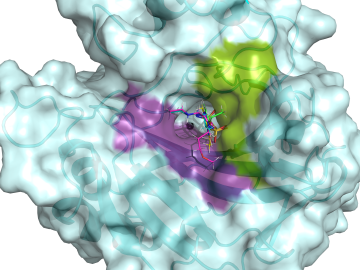
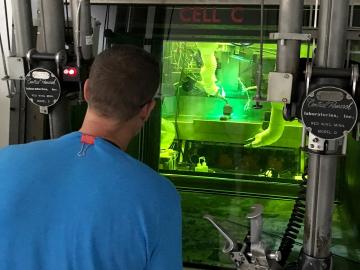
Scientists of the Department of Energy’s Light Water Reactor Sustainability Program (LWRS) and partners from the Electric Power Research Institute (EPRI) have conducted the first weld tests to repair highly irradiated materials at DOE’s Oak Ridge National Laboratory.
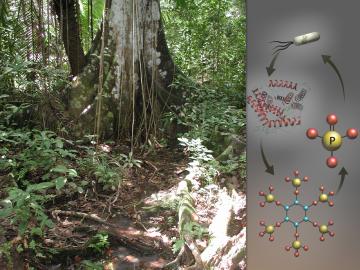

A team of researchers from the Department of Energy’s Oak Ridge National Laboratory has married artificial intelligence and high-performance computing to achieve a peak speed of 20 petaflops in the generation and training of deep learning networks on the

The U.S. Department of Energy’s Office of Science announced 55 projects with high potential for accelerating discovery through its Innovative and Novel Computational Impact on Theory and Experiment (INCITE) program. The projects will share 5.95 billion core-hours on t...
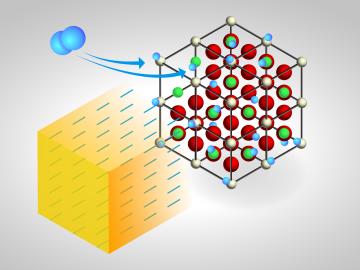
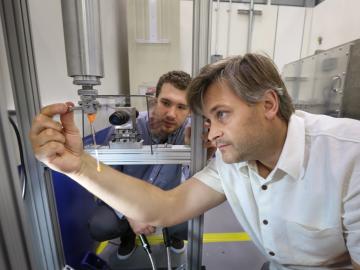

After more than a year of operation at the Department of Energy’s (DOE’s) Oak Ridge National Laboratory (ORNL), the COHERENT experiment, using the world’s smallest neutrino detector, has found a big fingerprint of the elusive, electrically neutral particles that interact only weakly with matter.


